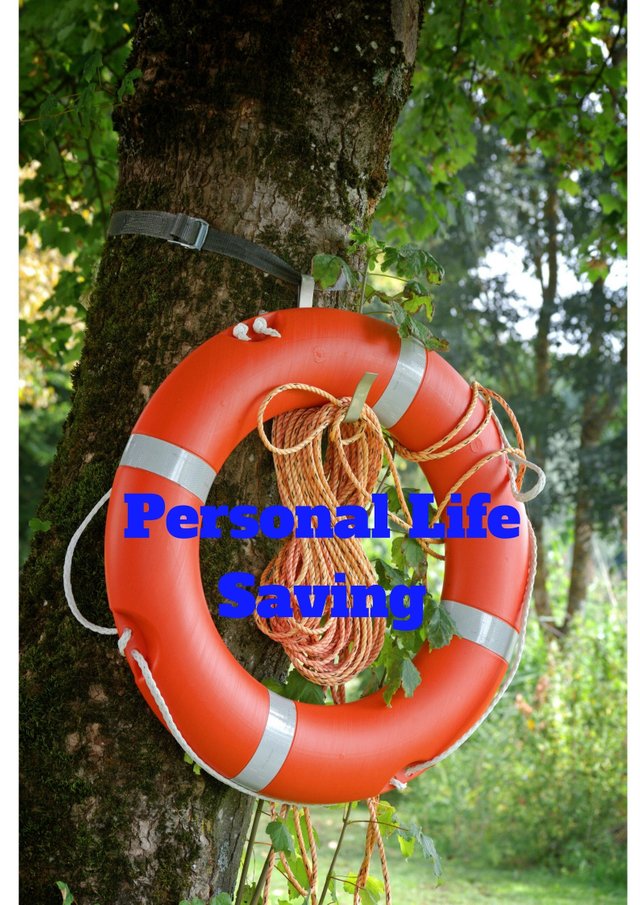5 Steps that could save life from drowning #attention to all parents#
Drowning happens when there is too much water in the lungs due to submersion or immersion in a liquid and will cause breathing impairment.I still remember when I was 5, I was drowning and struggling in the water. In a mess, I pulled my friend's leg by the poolside, we both drown. Fortunately, my father came to our rescue. Until now, I still feel sorry for that friend that I made her drown. So, I have joined St.John ambulance in order to help myself and others.
Now I am going to share life -saving skill to every swimmer especially to those parents that had children under 5. In 2015, estimated 82000 occurred in children <5 years old. Drowning accounts for 7% of all injury related to death.
Drowning begins when a casualty is unable to breathe because the nose, mouth and air passages are submerged below the surface of a liquid. That's mean drowning also can happen in your house's bathroom.
Cause:
Inability to swim (panic in water)
Leaving children unattended near water
Seizure, heart attack, stroke in water
Alcohol consumption while swimming or on a boat
Suicide attempt
Head or spine trauma (jet skiing)
Classic image of a person drowning:
Gasping and thrashing in the water
A motionless individual floating in the water or quietly disappearing on the surface
CAUTION:
Avoid putting yourself in danger, if you are to rescue a victim from the water
If you're a trained rescuer and it is safe to do so, start rescue breaths while removing the casualty from the liquid
Many casualties who drown may regurgitate stomach contents so be prepared to roll him onto his side to clear his airway
Call rescue hotline if casualty appears to recover immediately after rescue
5 Steps treatment for drowning
When the casualty is rescued from the liquid, start primary survey(DRABC) #Danger #Response #Airway #Breathing #Circulation. Check for casualty response. Open the airway and check for breathing. Call the emergency hotline for help.
If the casualty is unconscious and not breathing, give FIVE initial rescue breaths. (There is a lot of water in the lungs when you blow the volume of lungs increase, air pressure decreases. When you compress, force the water out)
Follow this with 30 chest compressions, then 2 rescue breaths. Continue CPR at the rate of 30:2 until help arrives, you are too exhausted to continue, somebody replace you and if the casualty show signs of life.
If you are on your own, give CPR for 1 minute before you call for emergency hotline
If the casualty starts to breathe, treat him for hypothermia by covering him with warm clothes and blankets. If recover completely, replace wet clothes with dry ones. Cover him with blankets. Monitor sign of life(Pulse rate, Respiratory rate and , body temperature) until help arrives
Categories of person that are potentially drowning are non-swimmer, weak-swimmer, injured swimmer or unconscious.Always be careful in the water, avoid swimming alone. Thanks for your reading.

-

